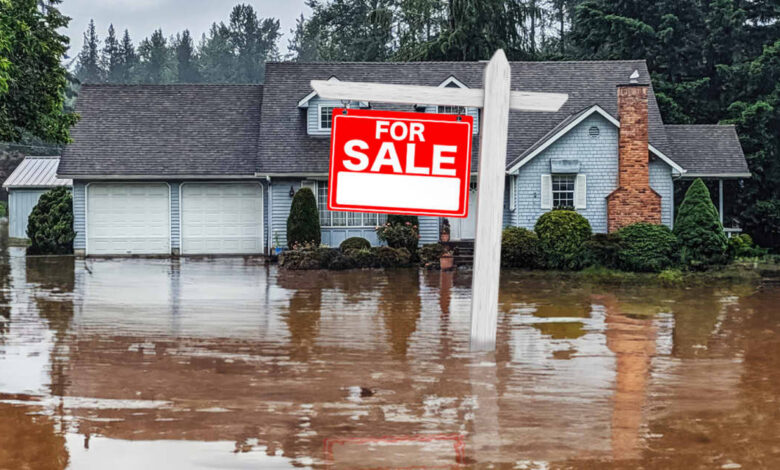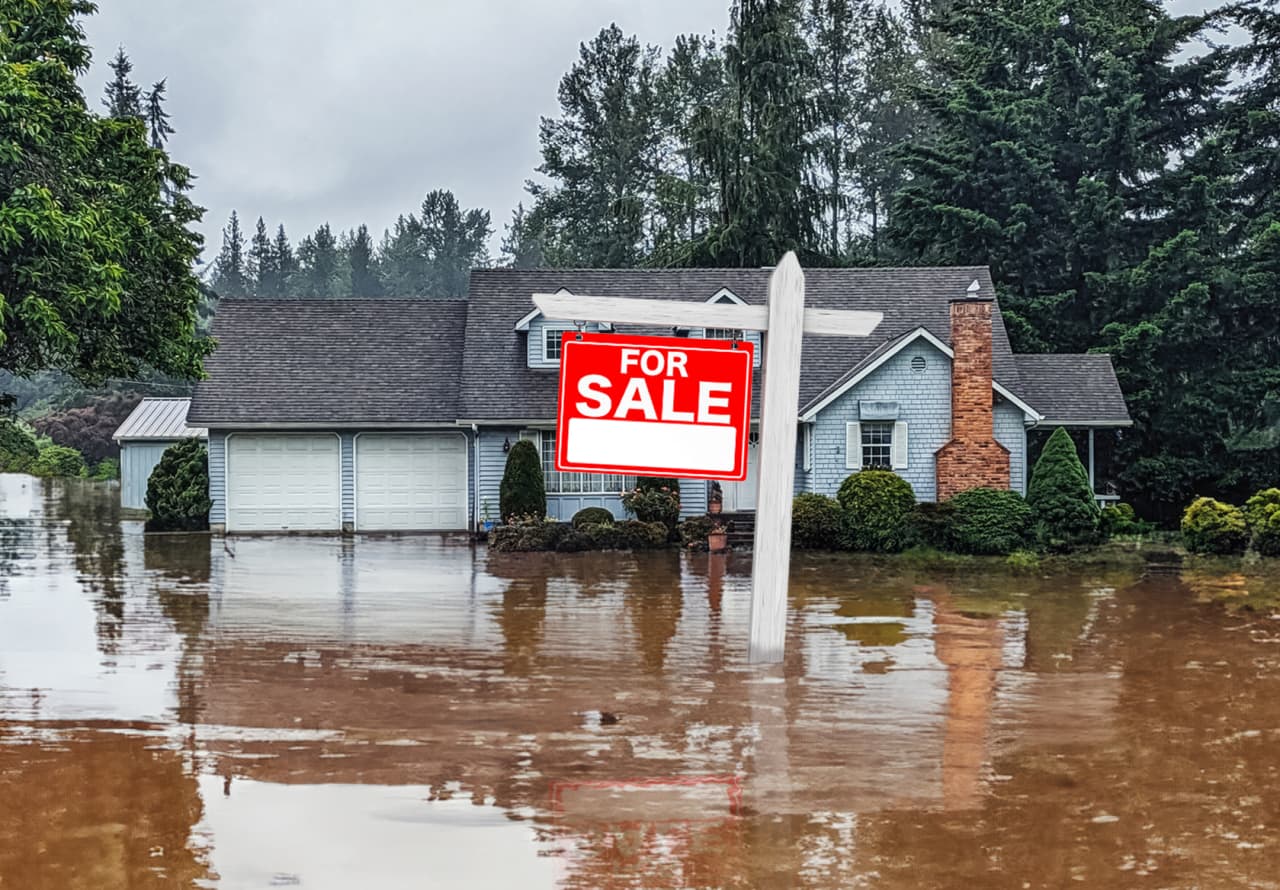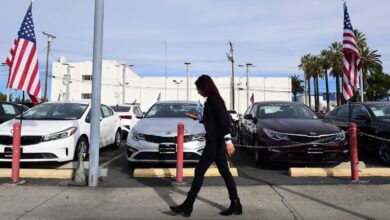Opinion: Forget the billions. How much will climate change really cost your family?

“As extreme weather disrupts supply chains, the cost of food is particularly susceptible to climate-related shocks.”
The price we pay for climate change isn’t cheap. The U.S. now experiences a billion-dollar extreme-weather event every three weeks, with climate disasters costing the U.S. close to $150 billion each year, according to the recently released Fifth National Climate Assessment.
While climate economists like to spotlight the large-scale costs of the climate crisis, it’s important to focus on the financial burden that climate places on everyday Americans. It’s time to start thinking about how billion-dollar price tags trickle down and drain American household budgets.
As climate change continues to increase the frequency and severity of extreme weather conditions, the ultimate costs of these impacts will be borne by the public. More than half of U.S. adults say they have incurred costs due to an extreme weather event over the past 10 years.
At least 40 U.S. states are affected by drought and almost 20,000 Californians lost their jobs from drought impacts in 2022 alone. Along with drought, extreme heat continues to harm Americans too, with the average outdoor worker expected to lose $1,700 of annual earnings due to reduced working hours.
Other extreme weather events like hurricanes, wildfires and flooding harm many Americans’ largest asset: their homes. In 2021, climate hazards damaged one in 10 homes in the U.S. — more than 14.5 million properties. With such an influx of destruction, delayed and incomplete repairs can lead to additional long-term property damage, resulting in additional costs or loss of homes.
When we turn to an insurance system responsible for picking up the pieces, the costs for consumers only continue to grow. Whether you look at the number of insurers who have dropped out of risky markets like Louisiana and Florida or the double-digit premium increases across the country, it’s impossible to ignore that this country is suffering through an uninsurability crisis. With such unaffordable and unattainable coverage, it’s no wonder why 12% of homeowners lack insurance.
“With around 90% of traded goods transported by sea, hardly any good is immune from climate-driven inflation.”
Insurance isn’t the only thing rising in price. Americans also suffer from higher prices across a variety of goods and services as extreme weather disrupts supply chains, with the cost of food particularly susceptible to climate-related shocks. Looking ahead, climate change is expected to raise prices for staple crops including corn, wheat and soybeans by double-digit figures by 2050.
Climate change is also starting to take a toll on distribution and transportation systems. From the Mississippi River to the Panama Canal, drought-induced low water levels have delayed shipments and introduced the need for costly band-aid solutions that eventually get passed down to the consumer. And with around 90% of traded goods transported by sea, hardly any good is immune from climate-driven inflation.
The harder you look, the harder it becomes to find a market, industry or flow of money that remains unscathed by the economic impact of our climate crisis. Climate disruptions to employment are widespread, reducing working hours and increasing the frequency of furloughs, job losses and sick days. Energy chains are breaking down, leading to rising consumer costs. Government expenditures are increasing to respond to urgent demands for relief. Key consumer services like health care and financial services are being disrupted in the short term and transformed in the long term to deal with ongoing and future events.
Needed now: a ‘first-best’ response
These impacts will be felt by all households, but marginalized communities will be especially hard hit. That’s because households with higher socioeconomic vulnerability tend to be located in areas more highly exposed to future climate hazards as a result of racist policies throughout this nation’s history. These injustices make it paramount that policy solutions prioritize those who feel the economic burdens of climate change the most.
Relying on “second-best” solutions that deal with the effects of climate change after they have occurred won’t cut it. In order to protect Americans, policymakers must adopt a “first-best” response strategy, working to prevent or diminish the effects of climate change before they occur. These actions include shifting the electricity sector to low-cost, low-carbon resources, improving energy efficiency, decarbonizing the transportation sector and reducing industry carbon footprints.
Policymakers must understand the dire threat climate change poses to both everyday expenses and long-term financial stability. If not, climate change will maintain its chokehold on our checkbooks, grocery bills, insurance premiums and so much more.
Mark Cooper is a senior fellow at the Consumer Federation of America.
Also read: AI can save us and the planet — but we might not be smart enough, Roubini says
More: We can tackle climate change, jobs, growth and global trade. Here’s what’s stopping us
Source link





